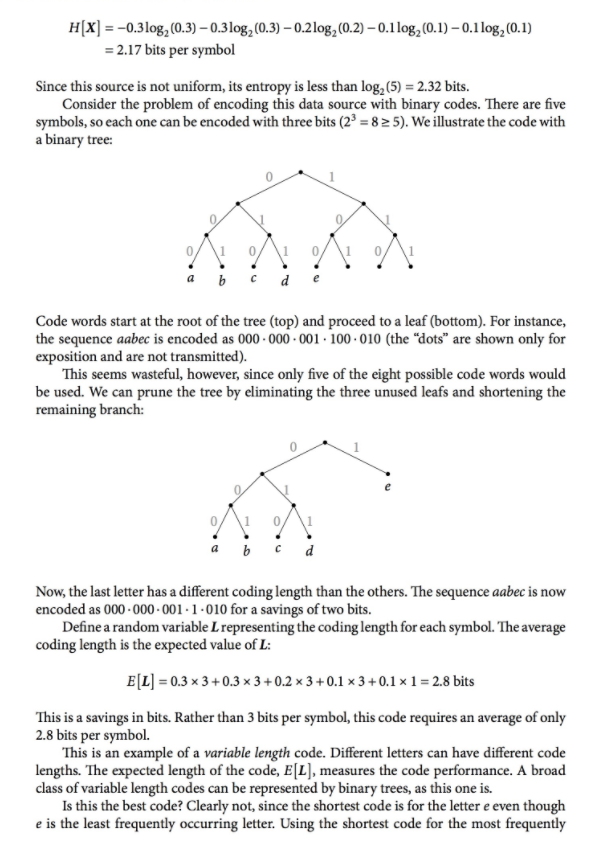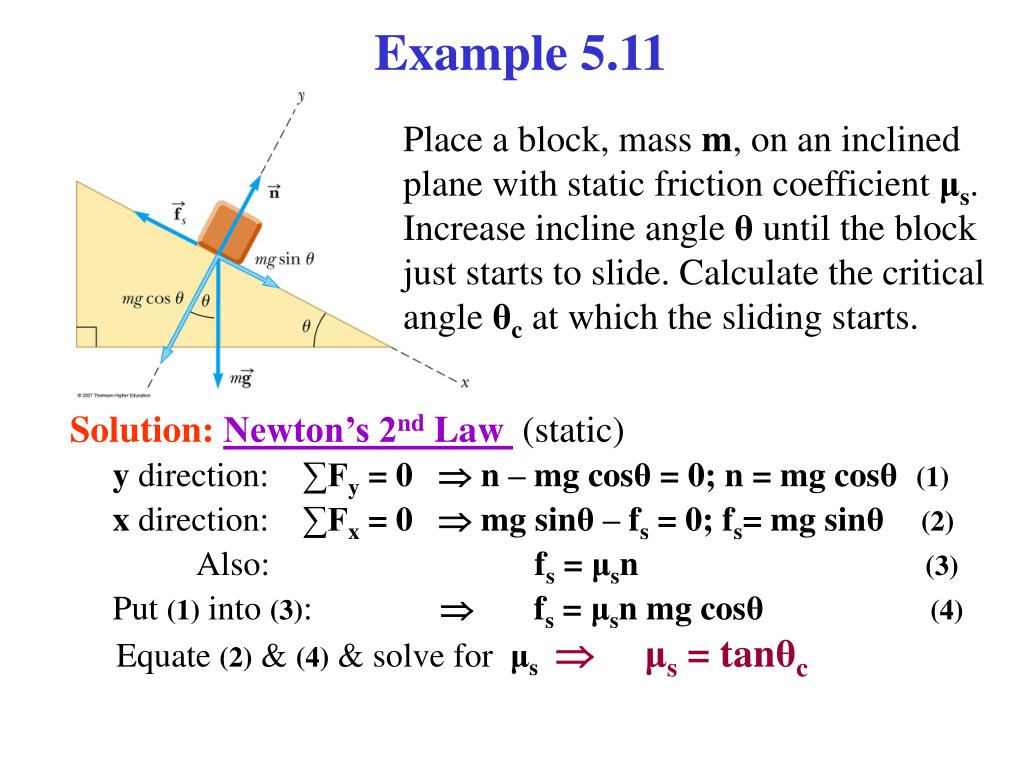
Where in-stream work is necessary, obtain appropriate agency approval before starting the work avoid in-stream work as much as possible.avoid working in areas of ponded water or saturated soils where this could result in negative impacts on resource values.To protect water quality, utilize the following techniques, where applicable: construct silt traps, armoured ditch blocks, and aprons as construction progresses or as soon as soil conditions allow.construct the final drainage structures as early in the construction process as is practicable.as water is encountered, establish adequate drainage to ensure flows are controlled and water quality is maintained (where required) should a peak flow event occur.stockpile an adequate supply of culverts, riprap, geotextiles, silt fencing, and grass seed on-site for immediate and future use, and to avoid construction delays.To ensure proper drainage during road construction:
#Xsection 5.8 install#
During road construction, remove any temporary drainage structures that were previously installed to facilitate machine access and install permanent structures in their place. For a pilot trail or tote road, ensure that these can accommodate surface and subsurface drainage runoff throughout the construction period. Ensure that, if the site is left unattended and a storm takes place, the in-place drainage structures can handle the runoff without damage resulting to the road or other resources. Consider constructing temporary structures, such as cross- ditches, swales, or open-topped culverts (e.g., cattleguards and similar structures), as appropriate, where water is encountered, to accommodate the peak flows likely to be encountered during construction.

Install drainage systems, whether permanent or temporary, concurrently with subgrade construction. For more information about sediment control techniques, see Soil Erosion & Sediment Control.

Alternatively, filter these flows in other ways, such as through the use of settling basins or geosynthetics, until vegetation can be re-established. Allow these flows to settle out through the natural vegetation on the forest floor before reaching any stream. To minimize sediment delivery to streams, do not discharge the water conveyed in ditches and cross-drain culverts directly into streams. If the soils are easily erodible, consider changing the ditch gradient, alignment, or cross-section, or adding extra culverts, to reduce the distance over which water will have to be carried.

carrying drainage flow farther along the ditchline to discharge it onto stable slopes.ĭrainage systems are used to intercept and manage surface or subsurface drainage.

To maintain surface drainage patterns, keep water in its own drainage area, unless moving it to another area is necessary to avoid unstable or sensitive soils.Ĭonsider the potential for adverse upslope, downslope and downstream impacts before culvert locations and outlet controls are determined. 5.8.1 Maintaining Surface Drainage Patterns


 0 kommentar(er)
0 kommentar(er)
